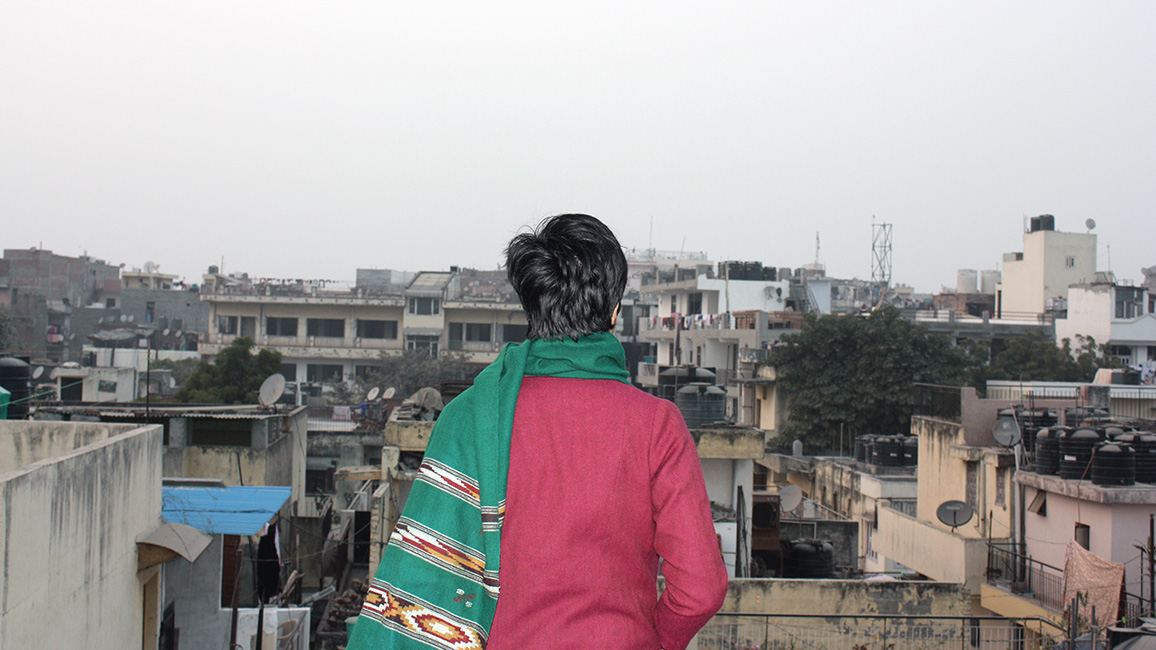Social inequality has been a prominent topic in public and academic debates for over ten years now. For good reason: Social inequality is regarded as one of the important – perhaps even the most important – drivers of the threat to social cohesion and of shrinking opportunities for citizen participation.
Focusing on "Regional Characteristics and Perspectives of Social Inequality"
As part of the "Social Cohesion" priority of "Society – Shaping the Future” framework programme, the Federal Ministry of Education and Research (BMBF) is therefore planning a funding guideline focusing on "Regional Characteristics and Perspectives of Social Inequality". The goal of the planned funding measure is to contribute to a more profound understanding of the causes and effects of social inequality from a regional perspective. What is perceived as social inequality? How does inequality arise in a regional context? What impact does it have? All areas in which social inequality can manifest itself regionally, such as in the economy, quality of life, health, work, education, opportunities for participation, mobility, gender, can be considered as areas of research. The same applies to the effects of social inequality on people's levels of satisfaction, attitudes and views, as well as on their opportunities for participation and their everyday life.
Effects of inequality
In order to classify the effects of inequality on the living conditions of individuals or groups, it is important to consider the micro level, as well as integration in a local or regional context. Not every region has the same measures in place to deal with the consequences of inequality. The opportunities for participation can also vary due to the different local and regional structures in civil society and in the private sector, and inequalities are played down or even increased to varying degrees. Moreover, the different ways in which administrative bodies deal with inequality contribute to regional differences. The aim is therefore to involve actors from politics, administration, civil society and business in the research process.
Applied research in the humanities and social sciences can help to elucidate this extremely complex topic and then develop solutions, for example, on how to improve opportunities for participation. Last but not least, there are also scientifically sound contributions to the public debate on social inequality which highlight and clarify the links between regional and other levels (such as Europe).


